Drip fertigation is a method of delivering fertilizers and water to plants through a drip irrigation system. It involves using a drip irrigation system, which consists of tubes or pipes with small openings or emitters that release a measured amount of water and nutrients directly to the root zone of the plants. The nutrient solutions are mixed in a tank or container and delivered to the plants through drip irrigation.
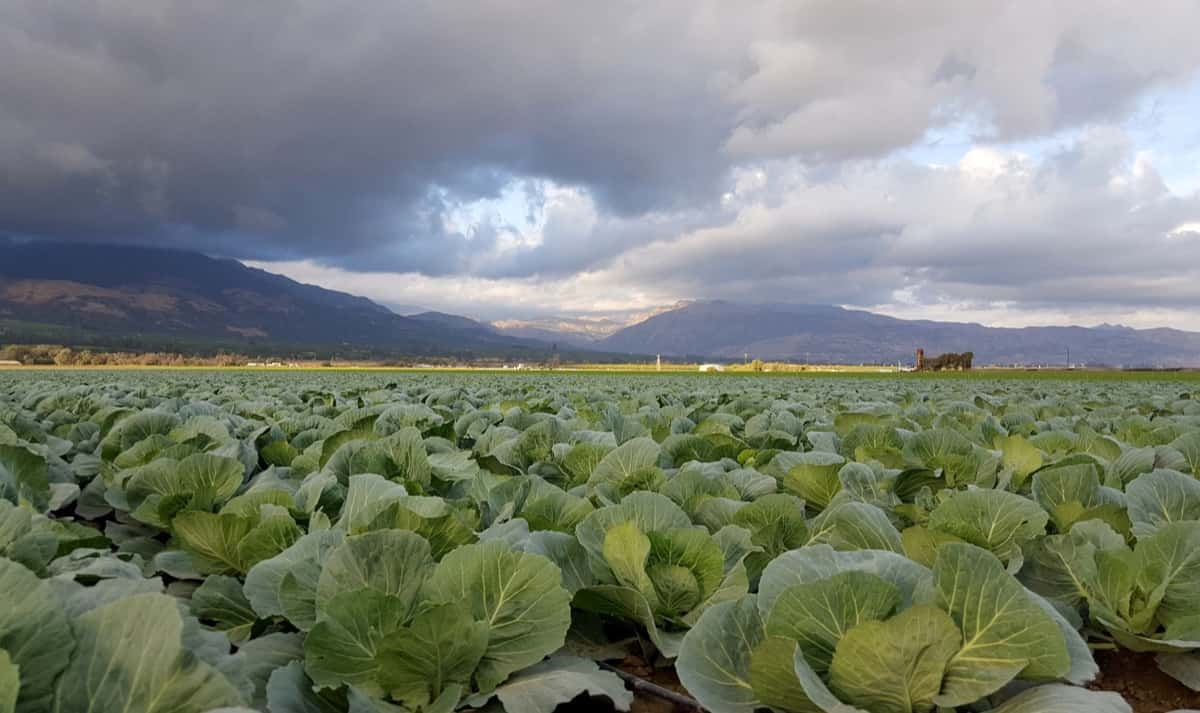
Drip fertigation allows precise control over the water and nutrients delivered to the plants. It can be automated to provide the plants with the exact amount of nutrients and water they need at different stages of their growth. This can lead to improved plant growth and yield. Drip fertigation is commonly used in vegetable production and other agriculture and horticulture. It is an efficient way to fertilize and water crops. It allows for precise control over the nutrients and water delivered to the plants and helps conserve water.
Drip Fertigation in vegetable crops
Types of Drip Fertigation in vegetables
Surface drip irrigation: In this type of system, the drip tubes or pipes are laid on the surface of the soil, and the water and nutrients are delivered directly to the root zone of the plants through the emitters. This is a simple and cost-effective drip irrigation method. Still, it is more susceptible to evaporation and wind drift of the nutrient solution.
Subsurface drip irrigation: In this type of system, the drip tubes or pipes are buried below the surface of the soil, and the water and nutrients are delivered directly to the root zone of the plants through the emitters. This method is more efficient, as it reduces the loss of water and nutrients to evaporation and wind drift. It is also less likely to cause erosion or crusting of the soil surface. However, it is more expensive and requires more labor to install.
Both surface and subsurface drip irrigation systems can be used for drip fertigation in vegetable production, depending on the needs and requirements of the crop.
In case you missed it: Hydroponic Drip System, Types, Advantages – a Full Guide
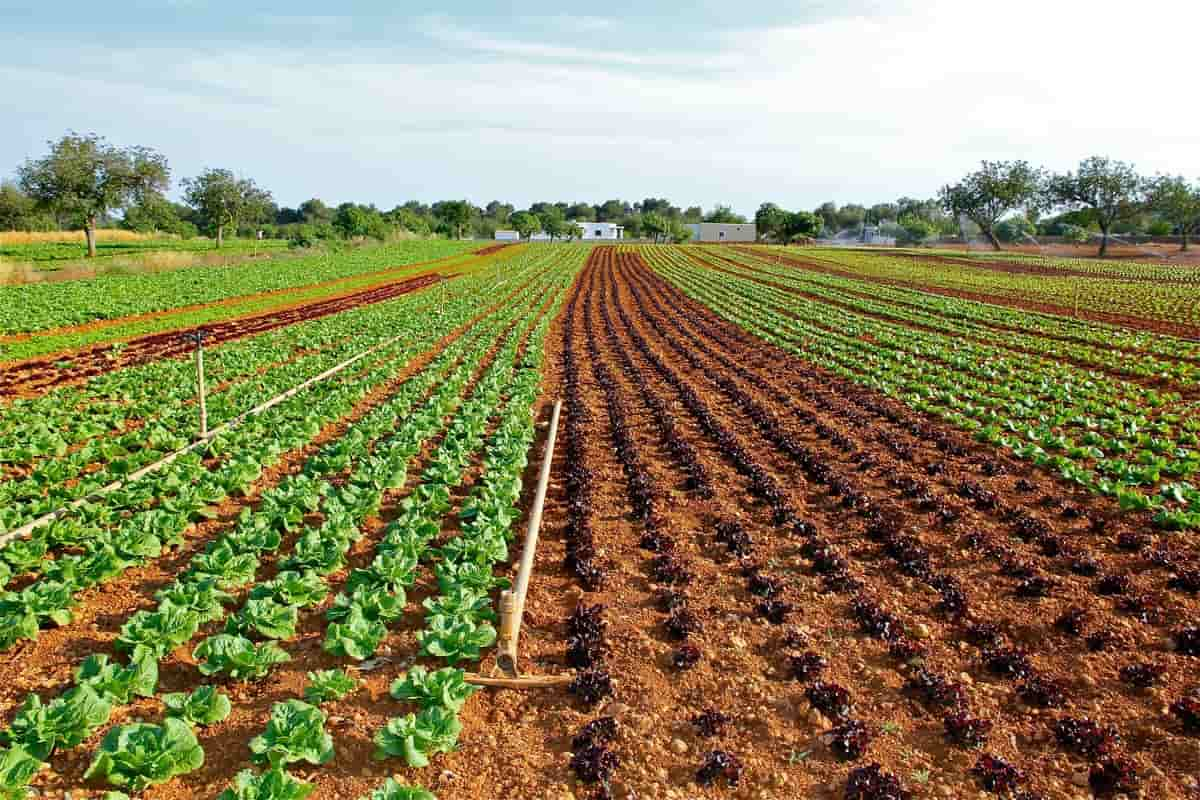
Components of Drip Fertigation
Water source: The water source can be a well, a pond, a surface water source, or a municipal water supply. The water source should be reliable and of good quality, as the nutrient solutions will be mixed with the water and delivered to the plants.
Fertilizer injector: The fertilizer injector is a device that mixes the nutrient solution with the water and delivers it to the irrigation system. Several injectors are available, including diaphragm pumps, piston pumps, and centrifugal pumps. The injector should be compatible with the irrigation system and the nutrient solutions. These are two common types of injectors that are used in drip irrigation systems to apply fertilizers.
Venturi injectors create suction (negative pressure) as water passes through a constricted area, which draws the fertilizer solution into the irrigation line. On the other hand, positive displacement injectors use a pump or other mechanical means to force the fertilizer solution into the irrigation line. Both venturi and positive displacement injectors can be effective for applying fertilizers through drip irrigation systems, and which one is best for a particular application will depend on the specific needs of the system and the crops being grown.
Venturi injectors are generally simpler and inexpensive but may need to be more accurate and consistent in delivering the desired concentration of fertilizers as positive displacement injectors. Positive displacement injectors are more expensive, but they can provide more consistent and accurate delivery of fertilizers.
Drip tubes or pipes: The drip tubes or pipes are the main component of the irrigation system and are used to deliver the water and nutrient solution to the plants. The tubes or pipes have small openings or emitters that release the solution directly to the root zone of the plants.
Filters: Filters remove any particles or debris from the water and nutrient solution before it is delivered to the plants. This helps to prevent clogging of the drip emitters and tubes.
Control valves regulate the flow of water and nutrient solution through the irrigation system. They can be manually or electronically controlled, allowing the grower to adjust the irrigation schedule and application rates as needed.
Pressure gauge: It monitors the water and nutrient solution pressure in the irrigation system. This helps ensure that the system is functioning correctly and that the solution is delivered to the plants at the correct pressure.
In case you missed it: Drip Irrigation for Vegetables – a Full Guide
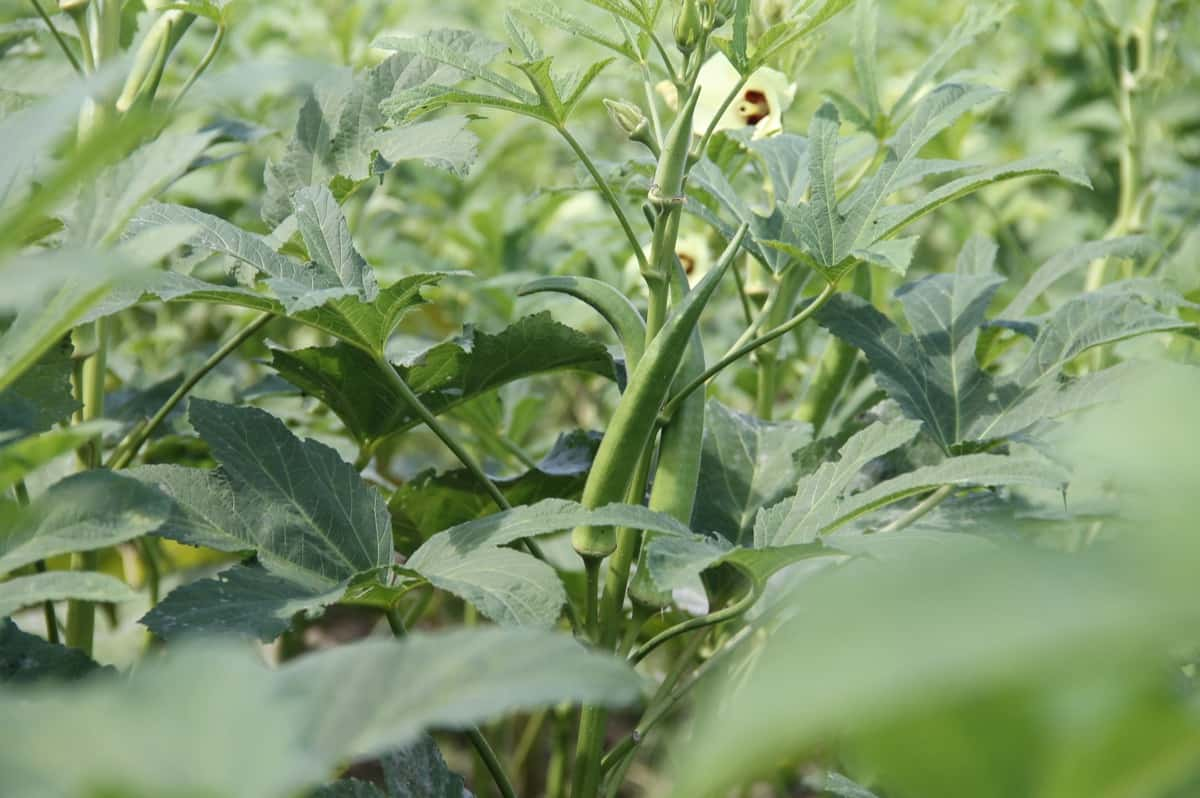
These are the main components of a drip irrigation system used for drip fertigation in vegetable production. The specific components and design of the system will depend on the layout of the field, the water and nutrient requirements of the crops, and the soil and climate conditions.
Crops suitable for Drip Fertigation Systems
A wide range of crops can be grown using a drip fertigation system, including Tomato, Chilly, Capsicum, Cabbage, Cauliflower, Onion, Okra, Brinjal, Ridge Gourd, Cucumber, Peas, Spinach, Pumpkin, and many others. Drip irrigation systems are particularly well-suited for growing crops sensitive to excess moisture, as they allow for precise control over the amount of water and nutrients applied to the plants.
However, it’s critical to remember that various crops have different water and nutrient requirements, so it is important to consult with a horticulturist or agricultural extension agent to determine the specific irrigation and fertilization needs of the crops you are growing. It is also important to properly design and install the drip irrigation system to ensure it delivers the right amount of water and nutrients to the plants.
Crop stages to apply Drip Fertigation
The timing of fertilization using a drip irrigation system will depend on the crops you are growing and their nutrient requirements. In general, it is best to apply fertilizers when the plants are actively growing and have a high demand for nutrients. For example, during the vegetative stage, plants may require higher nitrogen levels to support leafy growth, while during the reproductive stage, they may require higher levels of phosphorus and potassium to support flower and fruit development.
It is also important to monitor the plants regularly and conduct soil tests to determine if additional fertilization is needed. Overfertilization can harm plants, so applying fertilizers at the appropriate rate and frequency is important to avoid overloading the plants with nutrients.
How to apply fertilizers in a Drip Irrigation System
- Choose the appropriate fertilizers: Select fertilizers that are suitable for the specific vegetable crops being grown and that meet the nutrient needs of the plants. Following the manufacturer’s recommendations for application rates and frequency is essential.
- Mix the nutrient solution: Water-soluble fertilizers are mixed with water to form a nutrient solution, which is then injected into the irrigation system using a fertilizer injector. Using a clean container and following the manufacturer’s instructions for mixing the solution is essential. The injector uses a siphon tube to draw the nutrient solution into the water line that supplies the drip tape, which carries the solution to the plants.
- Connect the fertilizer injector: It is important to run the irrigation system at total capacity before activating it. This helps ensure that the nutrient solution is thoroughly mixed with the water and delivered to the plants. After the nutrient solution has been dispersed, it is recommended to flush the system with clean water to remove any fertilizer residue that may be left in the drip tape. Fertilizer residue can clog the emitters, reducing the system’s effectiveness.
In case you missed it: Drip Irrigation Cost per Acre in India – A Full Guide
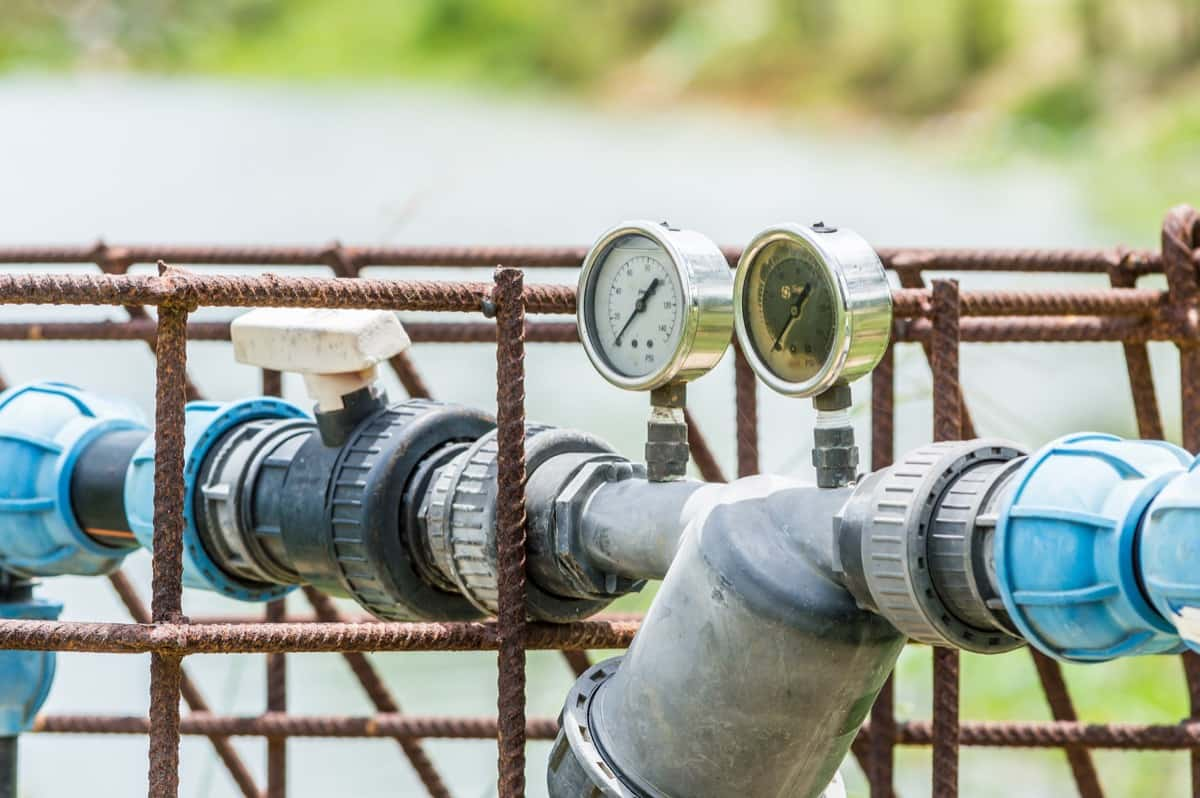
- Set the injection rate: Set the injection rate on the fertilizer injector according to the recommended application rate for the used fertilizers. The injection rate is the amount of nutrient solution mixed with the irrigation water.
- Turn on the irrigation system: Turn on the irrigation system and allow the nutrient solution to be delivered to the plants. Monitor the system for proper operation and make any necessary adjustments as needed.
- Monitor the nutrient status of the plants: Regularly monitor the nutrient status of the plants to ensure that they receive the appropriate amount of nutrients. Adjust the injection rate or fertilization schedule to meet the plants’ changing needs.
By following these steps, growers can effectively apply fertilizers through a drip irrigation system to provide the plants with the nutrients they need for optimal growth and yield.
Advantages of Drip Fertigation
- Improved plant growth and yield: Drip fertigation delivers nutrients and water directly to the plant’s root zone, allowing for better uptake and utilization of the nutrients. This can lead to improved plant growth and yield.
- Water conservation: Drip irrigation systems are designed to deliver water directly to the plants, which helps to control water loss due to evaporation and runoff. This can help to conserve water and reduce the need for irrigation.
- Nutrient efficiency: Drip fertigation allows for precise control over the amount of nutrients applied to the plants, which can help to reduce the risk of over-fertilization and nutrient leaching or runoff. This can improve the efficiency of nutrient use and reduce the environmental impacts of fertilization.
- Labor efficiency: Drip irrigation systems can be automated to deliver the appropriate amount of water and nutrients to the plants at the right time, saving labor and time compared to traditional methods of fertilization and irrigation.
- Crop versatility: Drip irrigation systems can grow various vegetable crops, including those with shallow or deep rooting systems, and in various soil types and climate conditions.
In case you missed it: Solar Drip Irrigation System Benefits, Model
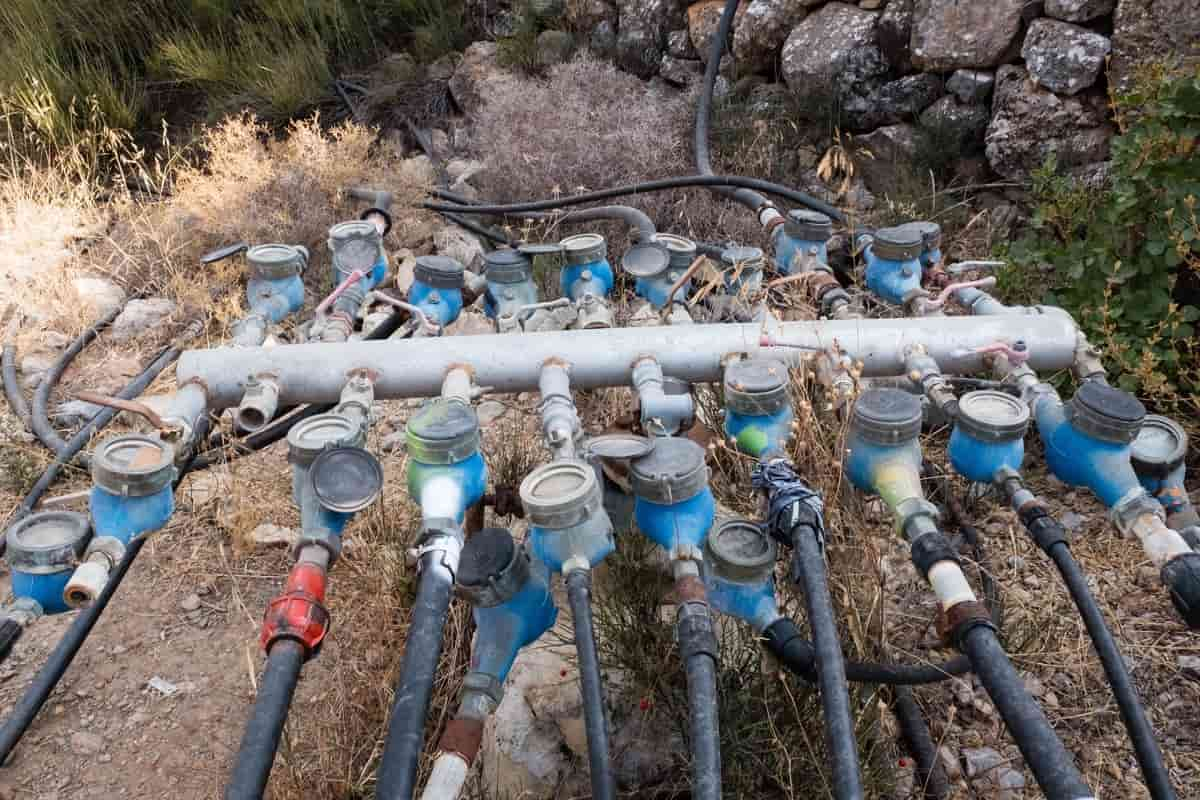
Overall, drip fertigation is a practical and effective way to fertilize and water vegetable crops and can offer many benefits in terms of improved plant growth and yield, water conservation, nutrient efficiency, labor efficiency, and crop versatility.
Disadvantages of Drip fertigation
- Cost: Drip irrigation systems are expensive to install and maintain, mainly if used in a large field. The system’s initial cost may be a significant investment for some growers.
- Complexity: Drip irrigation systems can be complex and require a certain level of technical knowledge to install and maintain. Growers may need to invest in training or seek expert assistance to use the system effectively.
- Clogging: The small size of the drip emitters and tubes can make them prone to clogging, especially if the water or nutrient solution contains particles or debris. This can reduce the system’s effectiveness and require frequent cleaning and maintenance.
- Limited application: Drip irrigation systems are unsuitable for all vegetable crops or soil conditions. They may not be effective in heavy or compacted soils or crops with deep rooting systems.
- Limited flexibility: Drip irrigation systems are designed to deliver water and nutrients to specific areas of the field and are more flexible than other irrigation methods in adapting to changing needs or conditions.
Overall, while drip fertigation has many advantages, it is important for growers to carefully consider the system’s costs, complexity, and potential limitations before deciding to use it in their vegetable production.
In case you missed it: Crops Suitable for Drip Irrigation, Types of Drip Irrigation
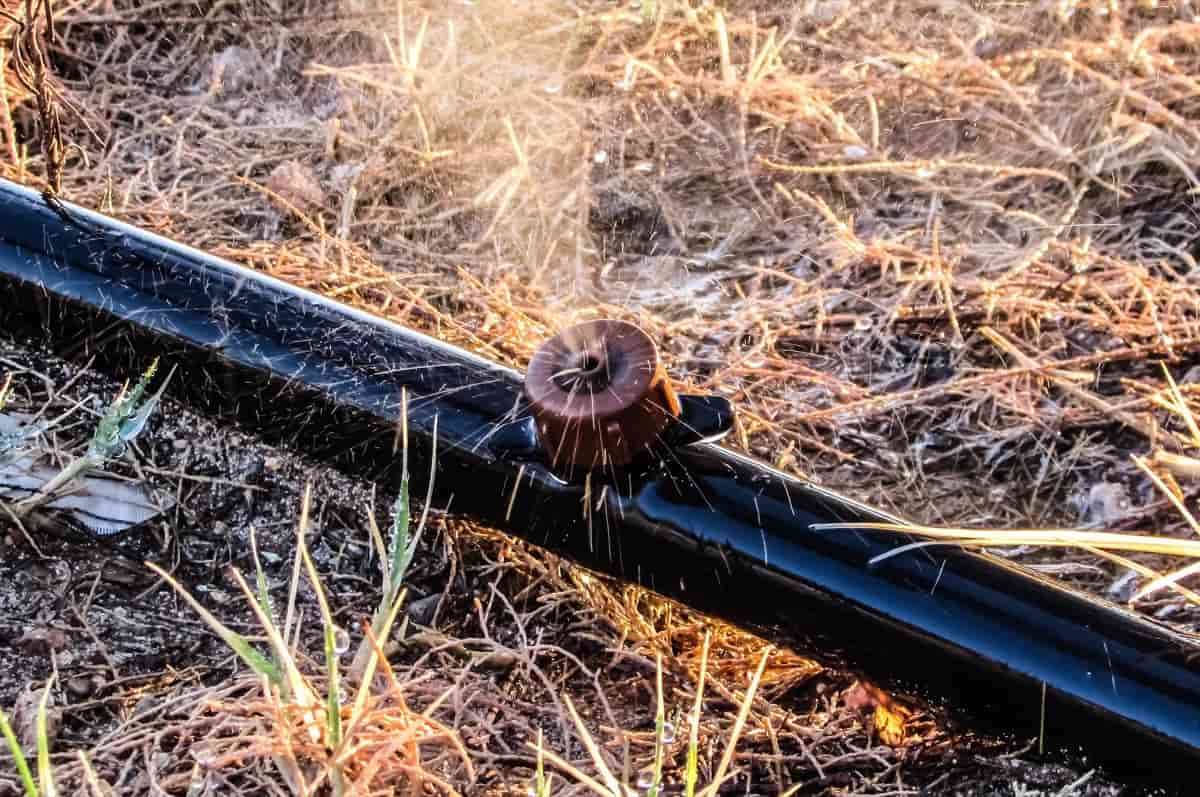
Successful Fertigation
- Use a fertilizer that readily dissolves in water; if the product does not completely dissolve, it should have small particle sizes that will remain suspended and pass through emitters without clogging.
- Install a backflow prevention device between the water source and the fertilizer injector to protect the water source.
- Install a filter between the injector and the laterals to prevent undissolved particles from plugging emitters. Depending on the water source and injector type, a filter may be required between the water source and injector.
- Inject fertilizer into the system for at least the time it takes the system to reach full pressure. This allows each emitter in the drip line to have the same contact time with the nutrient solution as it travels through the irrigation system, reducing fertilizer distribution variability.
- After injection, thoroughly flush nutrients out of the irrigation system to keep drip lines clean and prevent clogging.
- Types of Pesticides Used in Agriculture: A Beginner’s Guide
- Economical Aquaculture: A Guide to Low-Budget Fish Farming
- 15 Common Planting Errors That Can Doom Your Fruit Trees
- How to Make Houseplants Bushy: Effective Tips and Ideas
- Innovative Strategies for Boosting Coconut Pollination and Yield
- Pollination Strategies for Maximum Pumpkin Yield
- The Complete Guide to Chicken Fattening: Strategies for Maximum Growth
- Natural Solutions for Tulip Problems: 100% Effective Remedies for Leaf and Bulb-Related Issues
- Revolutionizing Citrus Preservation: Towards a Healthier, Greener Future
- Natural Solutions for Peony Leaf and Flower Problems: 100% Effective Remedies
- Maximizing Profits with Avocado Contract Farming in India: A Comprehensive Guide
- Natural Solutions for Hydrangea Problems: 100% Effective Remedies for Leaf and Flowers
- The Ultimate Guide to Choosing the Perfect Foliage Friend: Bringing Life Indoors
- From Sunlight to Sustainability: 15 Ways to Use Solar Technology in Agriculture
- The Ultimate Guide to Dong Tao Chicken: Exploring from History to Raising
- The Eco-Friendly Makeover: How to Convert Your Unused Swimming Pool into a Fish Pond
- Mastering the Art of Delaware Chicken Farming: Essentials for Healthy Backyard Flocks
- 20 Best Homemade Fertilizers for Money Plant: DIY Recipes and Application Methods
- How to Craft a Comprehensive Free-Range Chicken Farming Business Plan
- Brighten Your Flock: Raising Easter Egger Chickens for Beauty and Bounty
- How to Optimize Your Poultry Egg Farm Business Plan with These Strategies
- Subsidy for Spirulina Cultivation: How Indian Government Schemes Encouraging Spirulina Farmers
- Ultimate Guide to Raising Dominique Chickens: Breeding, Feeding, Egg-Production, and Care
- Mastering the Art of Raising Jersey Giant Chickens: Care, Feeding, and More
- Ultimate Guide to Raising Legbar Chickens: Breeding, Farming Practices, Diet, Egg-Production
- How to Raise Welsummer Chickens: A Comprehensive Guide for Beginners
- How to Protect Indoor Plants in Winter: A Comprehensive Guide
- Ultimate Guide to Grow Bag Gardening: Tips, Tricks, and Planting Ideas for Urban Gardeners
- Guide to Lotus Cultivation: How to Propagate, Plant, Grow, Care, Cost, and Profit
- Agriculture Drone Subsidy Scheme: Government Kisan Subsidy, License, and How to Apply Online
- Ultimate Guide to Raising Araucana Chickens: Breed Profile, Farming Economics, Diet, and Care
- Bringing Hydroponics to Classroom: Importance, Benefits of Learning for School Students
- Ultimate Guide to Raising Polish Chickens: Breed Profile, Farming Economics, Diet, and Care
- Ultimate Guide to Raising Australorp Chickens: Profile, Farming Economics, Egg Production, Diet, and Care
- Silkie Chicken Farming: Raising Practices, Varieties, Egg Production, Diet, and Care
- Sussex Chicken Farming: Raising Practices, Varieties, Egg Production, Diet and Care